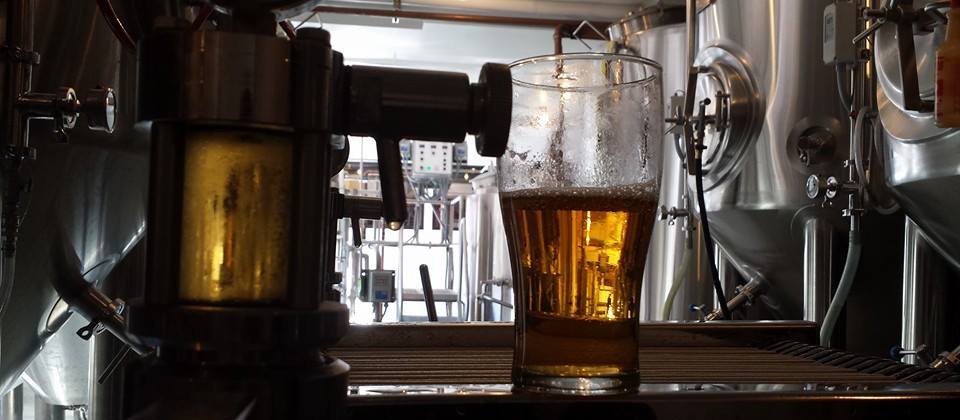Brewing Classic Styles by Jamil Zainasheff and John Palmer is one of the books that helped me develop a palate and understanding for beer and the different, unique styles that are presented in the world of beer.
This book was one of my tools in studying for the Beer Judge Certification Program (BJCP) exam, and one that I still use today when developing recipes and coming up with ideas for new beers, or ones that I believe you as drinkers will enjoy.
One of the things I’ve discovered along this path as a brewer and beer judge is the challenge and that brewing a traditional style entails. Some of my favorite beers and most challenging to brew are these traditional styles. Within the next few weeks I will be presenting a Vienna red lager and Dortmunder export lager. The true challenge is making sure these styles match their traditional counterparts.
So many of our styles have roots in Europe and Indo European countries. With immigration to the Americas many of these traditions and styles gave birth to those we have today. The American pale lager was born out of a need for a fermentable grain when barley was not available; rice and corn. The American pale ale was developed from the English pale ale, but with American hops and malt.
There are a few true North American styles such as the double IPA and California Common, better known as “steam beer.”
These styles give us as brewers a bench mark, a standard of quality that we can rely on to use as a base beer for some of our more unique and crafty brews. Because these styles are what have as markers I have always gravitated towards them and their brewers as a benchmark of quality and understanding of the style and brewing as a whole. If a brewer can make a great representation of a classic style, then there must be something to their skill and understanding of the craft. I’d like to believe that many of our brewers in the US would respond to the question of, “What’s your favorite style?” with something as simple as Czech Pils, Oud Bruin, or Robust Porter.
There’s something to be said for putting back a pint of a thirst quenching American pale lager after a hard day’s work, or the smoky aroma of a rauchbier on a rainy autumn evening that makes us smile and truly grasp the simplicity and complexity of what beer is and how incredible and complex a beer made with one hop and malt variety can really be.
Craft beer is fun and exciting! New ingredients are a playground to brewers and chefs alike, but there is something to be said for our roots. Without bechamel sauce we would not have macaroni and cheese just like without an English IPA we would not have some of the most sought after double IPA’s on the market. In every unique style there is a beautiful classic style hiding within.
Cheers!
